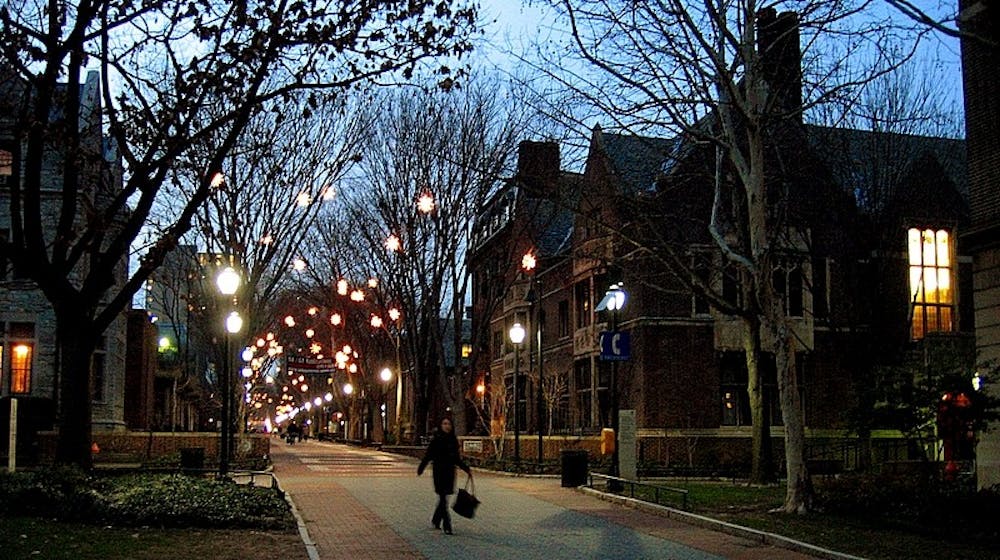You’ve seen them. You’ve probably even been one of them. The people sitting outside Frontera, decked out in their best outfits. The people who treat Locust like a catwalk. Even the people sitting eagle–eyed at Saxby's on a Sunday morning. The SABSing never seems to stop.
In some ways, no single phenomenon better describes Penn than “see and be seen.” At a school where the perverse idea of social capital intrudes on every aspect of life, from social groups to weekend plans to internship prospects, it’s important to never let anyone see you stumble. PennFace takes on new life with the strategic positioning of everyday activities to ensure other people know exactly how you’re doing and who you’re doing it with. And suddenly a simple walk from Cohen to McNeil takes on some quasi–religious significance.
It’s remarkable how even the most mundane things at Penn seem to lend themselves to social stratification. There’s a particular kind of rush when you “run into” just the right person at just the right time. But should that rush be diminished by the fact that it’s inherently artificial?
There’s no one good answer. And of course, this problem isn’t wholly unique to Penn. But Penn’s culture amplifies this phenomenon of constantly performing and normalizes it. It becomes not only acceptable but encouraged to base your whole day around glorified people–watching—especially because it's a universally acknowledged truth that people–watching is much more fun at the airport than on Locust.
Nietzsche tells us that “there are no beautiful surfaces without terrible depth” (Ed. note: is Nietzsche betchy again? Please advise.) And maybe there is something terrible about our need for validation and our goddamn inability to show up to class in sweatpants once in awhile.

